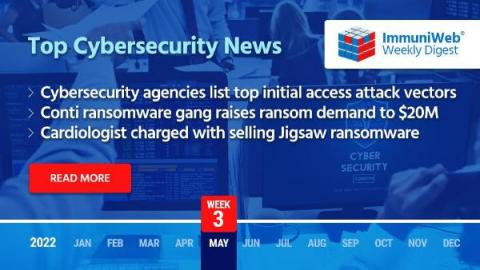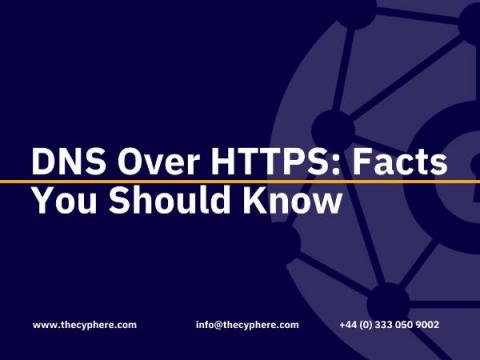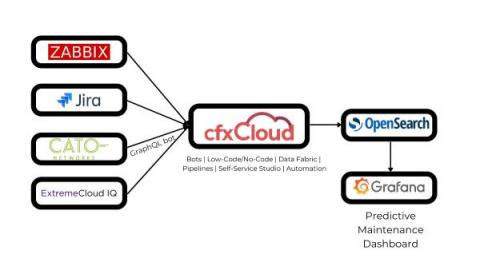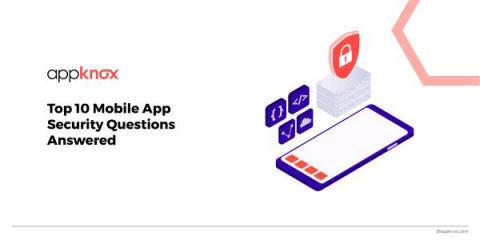What cybersecurity challenges do SOCs face in the coming months?
A security operations center (SOC) is the centralized security team that deploys the tools needed to continuously monitor and improve an organization's security approach while also preventing, detecting, analyzing and responding to security alerts. You could say the SOC acts as the central command of an organization's security, bringing together its entire IT infrastructure, including its networks, devices and company data, both inside the corporate perimeter and outside.










